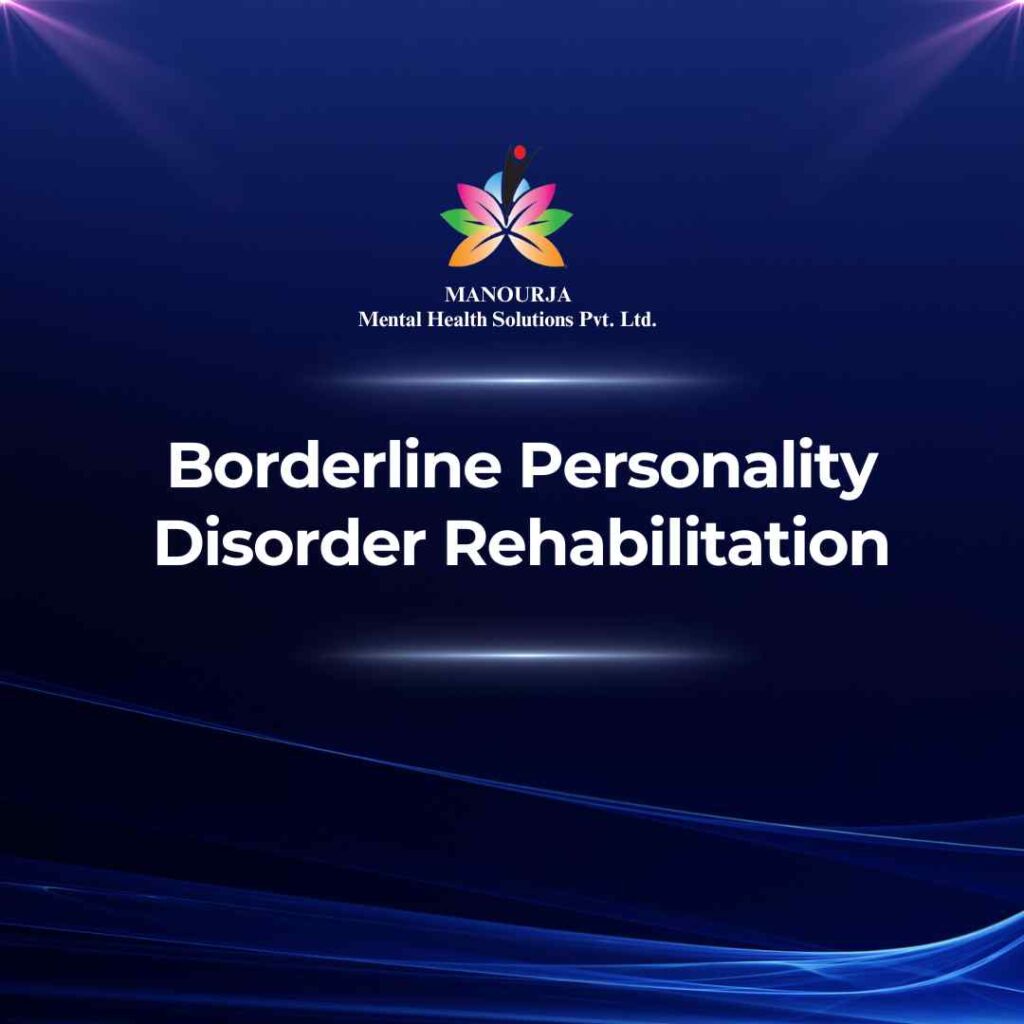Borderline Personality Disorder Rehabilitation

Borderline Personality Disorder (BPD) is a complex mental health disorder characterized by pervasive instability in moods, behavior, self-image, and functioning. Understanding its signs and symptoms is crucial for determining the appropriate level of psychosocial rehabilitation—outpatient (OPD) or inpatient (IPD).
Signs and Symptoms of Borderline Personality Disorder
Individuals and their families should be aware of several key indicators that may suggest the presence of BPD:
- Intense Mood Swings: Rapid mood changes lasting from a few hours to a few days.
- Impulsive Behaviors: Engaging in risky behaviors such as substance abuse, reckless driving, or binge eating.
- Fear of Abandonment: Extreme reactions to real or perceived abandonment, including frantic efforts to avoid being alone.
- Unstable Relationships: Patterns of intense and unstable relationships with family, friends, and loved ones.
- Self-Image Issues: Significantly and persistently unstable self-image or sense of self.
- Self-Harm: Suicidal behavior or threats, and self-injurious behavior such as cutting.
- Chronic Feelings of Emptiness: Frequent feelings of being empty or bored.
- Inappropriate Anger: Inability to control anger or temper, frequent temper outbursts.
Indicators for OPD vs. IPD Psychosocial Rehabilitation
Outpatient (OPD) Psychosocial Rehabilitation
- Suitable for individuals who have stable living conditions and can maintain safety in an outpatient setting.
- Indicated when symptoms are present but not life-threatening, allowing the individual to participate in daily activities and responsibilities.
- Effective when the individual has a supportive social network that can provide emotional support and practical help.
Inpatient (IPD) Psychosocial Rehabilitation
- Necessary when there’s a high risk of harm to oneself or others, including suicidal thoughts or attempts, or severe self-harm.
- Required if symptoms are severe and uncontrollable, impacting the individual’s ability to function in a safe or reasonable manner.
- Recommended when outpatient treatments have been ineffective, and the individual needs a more structured and intensive therapeutic environment.
Factors Influencing the Decision
- Severity of Symptoms: The intensity and danger of the symptoms play a critical role.
- Safety Concerns: The potential for self-harm or suicide significantly influences the need for IPD.
- Social Support: The presence or absence of a stable support system can dictate the suitability of OPD.
- Previous Treatment Response: The effectiveness of prior outpatient care in managing symptoms.
Role of Psycho-social Rehabilitation in Treating BPD
Psycho-social rehabilitation focuses on helping individuals gain better control over their behaviors and emotions by:
- Improving Emotional Regulation: Teaching skills to help manage and withstand strong emotions.
- Enhancing Interpersonal Skills: Developing healthier relationship patterns and social interactions.
- Building Coping Strategies: Identifying and practicing coping mechanisms to deal with stress and reduce self-destructive behaviors.
Techniques and Approaches at MANOURJA
At MANOURJA, the following methods are employed:
- Dialectical Behavior Therapy (DBT): A cornerstone treatment for BPD that combines psychotherapy and group skills training classes to enhance emotional and cognitive regulation.
- Cognitive Behavioral Therapy (CBT): Helps modify dysfunctional thinking and behavior patterns.
- Schema Therapy: Focuses on identifying and changing deeply rooted patterns of thinking and behavior.
- Mentalization-Based Treatment (MBT): Aims to improve the patient’s ability to recognize and understand mental states in themselves and others to create a greater sense of emotional stability.
Steps in the Rehabilitation Process at MANOURJA
- Comprehensive Assessment: Evaluating the individual’s psychological, social, and medical history.
- Treatment Planning: Developing a tailored treatment plan based on individual needs.
- Implementation of Therapeutic Interventions: Engaging the patient through scheduled therapy sessions, skills training, and supportive group activities.
- Monitoring and Adjustment: Regularly assessing progress and making necessary adjustments to the treatment plan.
- Ongoing Support and Aftercare: Providing continuous support and planning for maintenance of progress post-treatment.
“Each day is a new opportunity to move one step closer to a balanced and peaceful life.”
